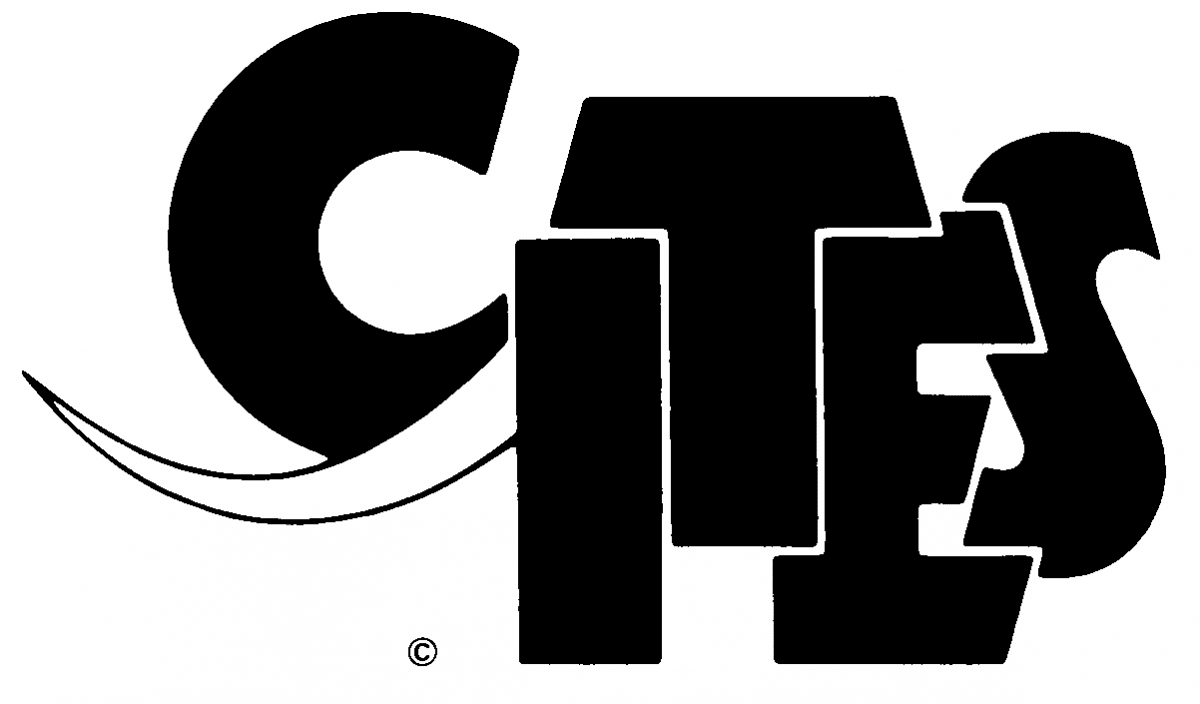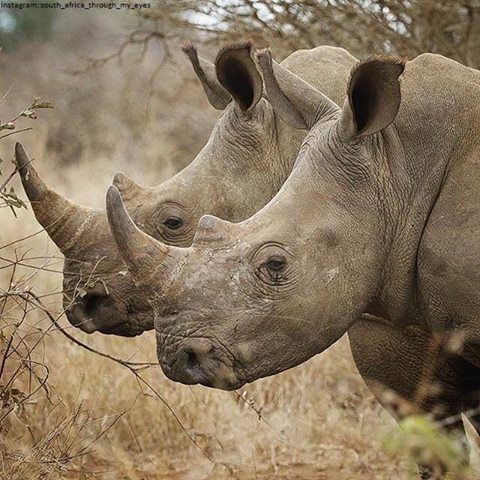Remarks by the Minister of International Relations and Cooperation, Minister Maite Nkoana-Mashabane, Chair of CITES CoP17, on the occasion of the media briefing on the status of the Conference, 04 October 2016, Sandton Convention Centre, Johannesburg
It is an honour to address you in my capacity as Chair of the Seventeenth Conference of the Parties to the Convention on International Trade in Endangered Species of Wild Fauna and Flora (CITES CoP17).
At this time when the CITES Plenary is still considering the work of the Committees, I am not in a position to talk about specific proposals or substance issues.
My role is to facilitate discussions and outcomes amongst all the Parties to this Convention. Consequently, questions related to South Africa’s national positions on various issues before CITES should please be directed to the Minister of Environmental Affairs, Dr Edna Molewa, in her capacity as leader of the South African delegation.
My intention today is to highlight the importance of CITES and of this particular Conference and to share my impressions on the status of our work thus far.
CITES, as you would be aware, is an international agreement between governments that seeks to ensure that international trade in specimens of wild animals and plants does not threaten their survival. With trade in wildlife across international borders growing exponentially in recent years, a multilateral rules-based approach to ensuring the sustainability of this trade has never been as important as it is today.
International cooperation and regulation of trade is a prerequisite for safeguarding both irreplaceable wildlife resources for future generations and the livelihoods of many millions of people worldwide. No category of people is as directly affected as the rural communities who live in direct proximity to wildlife and who depend on wildlife for their very survival.
CITES provides this basis for collective action and it is one of the multilateral conservation agreements with the largest memberships (183 Parties) and most impressive track records. This is a Convention about the intrinsic link between people and wild fauna and flora and it is located at the nexus between conservation and human development. As such, its work speaks directly to the realization of the United Nations 2030 Agenda and its Sustainable Development Goals.
Turning now to the significance of CoP17, I am pleased to report that this is the largest ever meeting of Parties to this Convention, with the highest number of Ministers present. The agenda before us is also the most comprehensive yet with over 120 documents being considered. This is a reflection of the growing awareness of the magnitude of the challenges we face together and the increased political will to find collective solutions. We are meeting here to strengthen our understanding of the challenges, to review the effectiveness of past actions and to determine the next steps.
This work is of great political and socio-economic importance, but it is first and foremost technical work based on science and biology. CITES has proven most successful when its Parties have adhered to the strict scientific criteria they have developed to regulate trade in accordance with the degree of protection required for each species.
Not all of these species will grab the media headlines and capture the hearts and minds of the international community in the way that lions, elephants, rhinos, tigers and now pangolins do, but they are equally important. I assure you that the full range of species are receiving attention at this conference from many of the world’s leading specialists.
Behind each decision or resolution that will be rapidly gaveled through in the Plenary, is a considerable body of work carried out inter-sessionally and during this CoP itself on issues such as improving enforcement, capacity-building and the regulatory frameworks for trading in each species.
The mood in this conference has been particularly constructive and Parties have worked together in a spirit of mutual understanding. They have demonstrated a willingness to compromise and find solutions and as a result, agreements have been reached on even some of the most seemingly intractable issues.
I wish to commend the Parties and encourage them to maintain this momentum in the closing Plenary. I also call on the wider public to take ownership of the outcomes of this CoP and to help ensure that the decisions and resolutions are implemented.
Finally, it is particularly fitting that this CoP is taking place on African soil. Africa has shown leadership on conservation and the sustainable livelihoods of local communities and is one of the last strongholds of some of the world’s most iconic species of wild fauna and flora.
BACKGROUND INFORMATION:
How CITES works (Source: extract from CITES website)
CITES works by subjecting international trade in specimens of selected species to certain controls. All import, export, re-export and introduction from the sea of species covered by the Convention has to be authorized through a licensing system. Each Party to the Convention must designate one or more Management Authorities in charge of administering that licensing system and one or more Scientific Authorities to advise them on the effects of trade on the status of the species.
The species covered by CITES are listed in three Appendices, according to the degree of protection they need.
Appendices I and II
Appendix I includes species threatened with extinction. Trade in specimens of these species is permitted only in exceptional circumstances.
Appendix II includes species not necessarily threatened with extinction, but in which trade must be controlled in order to avoid utilization incompatible with their survival.
The Conference of the Parties (CoP), which is the supreme decision-making body of the Convention and comprises all its member States, has agreed in Resolution Conf. 9.24 (Rev. CoP16) on a set of biological and trade criteria to help determine whether a species should be included in Appendices I or II. At each regular meeting of the CoP, Parties submit proposals based on those criteria to amend these two Appendices. Those amendment proposals are discussed and then submitted to a vote. The Convention also allows for amendments by a postal procedure between meetings of the CoP (see Article XV, paragraph 2, of the Convention), but this procedure is rarely used.
Appendix III
This Appendix contains species that are protected in at least one country, which has asked other CITES Parties for assistance in controlling the trade. Changes to Appendix III follow a distinct procedure from changes to Appendices I and II, as each Party’s is entitled to make unilateral amendments to it.
ISSUED BY THE DEPARTMENT OF INTERNATIONAL RELATIONS AND COOPERATION




